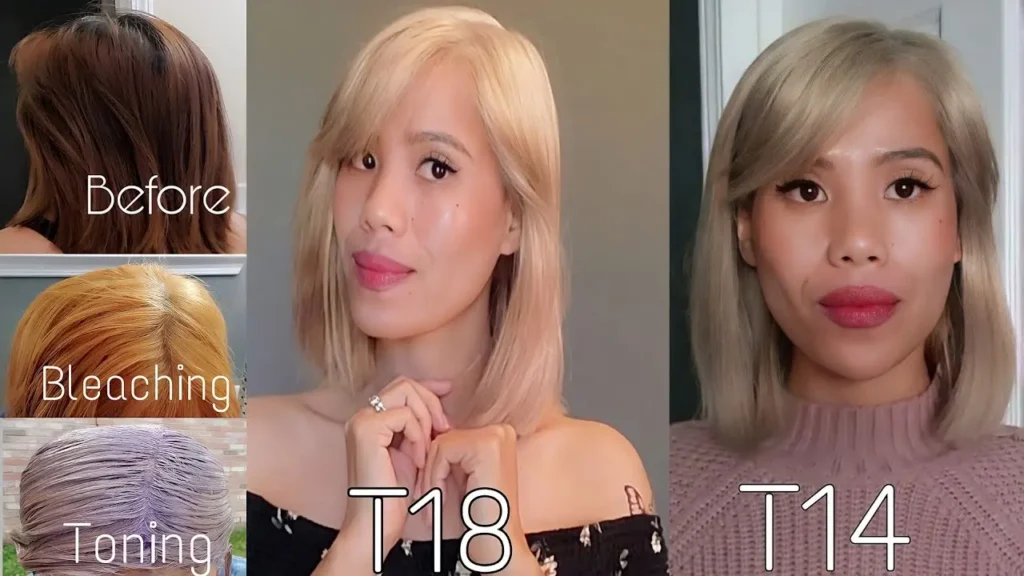
Wella T14 vs T18: What’s the differences?
The Wella T14 vs T18 are two different hair toners that are designed for different hair types. The T14 has a light blond tone for blonde or light brown hair, while the T18 is a dark blond color for brunettes.
There are a lot of things to consider when it comes to finding the right toner for your curls. Some people prefer more heavy-duty formulas, while others may want something lighter & gentler.
Choosing the right one to match your skin tone can be quite hard especially when so many options exist.
Some people might have a hard time deciding between the well-known Wella Color Charm toners- Wella T14, T18. They wonder what makes them different? Which one do you like better?
If you have questions about Wella hair toners, you’re in the right place. This article offers helpful information to help you decide between the two and achieve the results that are perfect for your hair!
What’s Wella T14?
Wella T14 is a hair toner that helps those with orange or yellow undertones to achieve silvery ashy blonde hair.
The violet in this product allows it to cancel out the brassiness of bleached hair, giving your tresses a great look.
According to the packaging instructions, you should mix it with developer for it to work best. You can also leave it on your hair for up to 30 minutes. It’s also a great choice when you want a beautiful, cool-toned blonde.
What’s Wella T18?
Wella’s T18 has a similar color tone to their other ash blonde shades and is meant to be a permanent liquid toner.
The toner’s base is violet and can reduce or eliminate any yellow tones that remain after bleaching.
Wella is a company that makes hair coloring products and T14, T18 are their most popular formulas.
It often takes people upwards of 20 minutes to mix these two together and then rinse out after 30 minutes. The use of such a product can create an ash blonde color that many people like.
Wella T14 vs T18: Key Differences
Here we’ll discuss Wella T14 and Wella T18 in further detail to help you decide which is right for your needs:
- The color results – While T14 Wella toner gives you a light ash blonde, T18 Wella toner give you a pale ash blonde result.
- This means:
- At T14, the color result will be considerably lighter than at T18.
- T14 has a silver color that you can’t get with T18.
- The violet base of T18 will leave a violet undertone in your hair.
- T14 will be more gray/silver than violet, but there are many other colors that can be added to the mixture.
- This means:
- When they should be used – When you have unwanted orange or golden hair tones, T14 should be used. This can provide ashy blonde tone and a mirror-like finish.
- T18 is a perfect shade for when you have yellow tones in your hair and you want to go a lighter blonde. This light blonde will also keep your hair looking healthy.
This chart compares Wella T14 and Wella T18 in terms of formulations for which there are a significant difference:
Can You Use Both T14 vs T18?
It is important to note that there are two different types of shades in the wella T14 and wella T18 line. They each have a specific purpose and will neutralize certain tones of color.
Both toners can be used to get rid of yellow and orange tones, and the end result will be similar, though in this case professionals do not recommend mixing them at home.
If you insist on toning your hair yourself, be careful to adjust the developer amount to ensure proper coverage. Also, it’s important to know how much of your hair is yellow vs orange/gold.
T14 is typically darker than T18, which blends well with orange hair. If the hair you’re dying is mostly yellow, the T18 toner should be used more often than T14. If your hair is on the 50-50 scale, use half a bottle of each toner.
You can apply all of the mixed toners to your hair or spread them throughout specific areas. Either way, T14 goes on the orange bits and T18 goes on the yellow parts.
Make sure to decide what you want your hair color to look like before you start the color process.
If you have no idea or are unsure of how you want your hair, you will end up with different shades of ash blonde throughout your hair.
Don’t just think you can just mix hair toners together and you don’t know what you’re doing. Mixing hair toners can be dangerous. You might end up with uneven results and other negative consequences.
Even if the color looks okay when it’s applied, there’s the concern of damaging your hair and not knowing until the damage has already been done. In general, when unsure about how to use hair toner, go see a specialist.
Using hair toners is not only a time-consuming process, but the risks of resulting hair damage or discolored hair may discourage some people from using them.
If you’re interested in getting a hair makeover, YouTube is the best place to find videos of people who have been through it. You’ll learn about both the good and bad (i.e., hair coloring disasters) of the process.
How to Get the Best Possible Tone
Follow package instructions for the best results. For example, if your hair is bleached, you may need to adjust coloring and tone it down a lot before you can use the toner.
The instructions on the packaging show an exact mixing process of how to use the product. No need to adjust how much is used – it should be done according to this specific formula
Use the toner on your yellow to orange-tinted hair first and then use the rest on your normal hair color.
Allow the hair toner to process for about 10 minutes and then check a section of your hair for color.
If the hair toner isn’t working as you’d like, reapply and let it process further. You can check periodically to see how things are going.
Don’t let your hair sit in toner for more than 30 minutes, as it can do damage to the roots and make your tresses feel brittle & damaged.
Here are some tips and tricks for achieving your desired hair toning results:
- Your hair color should be light enough to apply the toner. For both T14 and T18, you should have your hair lightened to a level 9 or less. If your hair is too dark, coloring it lighter will not change the look.
- If you want long-lasting results from your developer, choose a 20-volume one. It will give you the same results as 10 volumes without the toner fading off with every wash.
- When choosing a toner,you should be paying careful attention to your natural hair color so that you can avoid unwanted tones or the need for terrible results.
- You should be using the inverse of your desired objective to neutralize your hair color. For instance, if you wish to neutralize orange tones in your hair, you should use a blue toner. Violet cancels out orange and green and yellow cancel each other out.
- Reach out for help when needed – A professional colorist may be able to help you avoid a costly trip to the salon. If you run into issues, they can also provide you advice in order to help avoid this
- Keep a timer – The hair toner is processing and will take about 30 minutes to be completely ready. You can help with this process by leaving it on for the full time suggested by the instructions on the box.
- Saturate your strands – If your hair is patchy, the issue could be that the toner has not been saturated enough. To fix this, ensure that your hair has been fully saturated and use some more if necessary.
- Consider a porosity equalizer – Potentially, bleaching your hair can leave it more porous in some places than others. Your result will be extra patchy if this is the case. An even porosity solution can help set things right before applying a color to your hair.
Conclusion:
When selecting a toner, it’s important to consider the company and the quality (e.g., Wella T14 vs. Wella T18). Is this something you’ll use regularly? Will it function on your personal hair type?
Using the right hair toner can transform your hair from brassy to a stunning ash-blonde. This takes only one step, and is much quicker than the traditional colouring methods that take hours to complete.


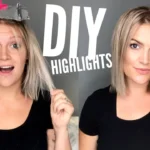
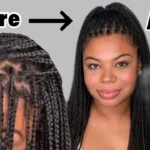
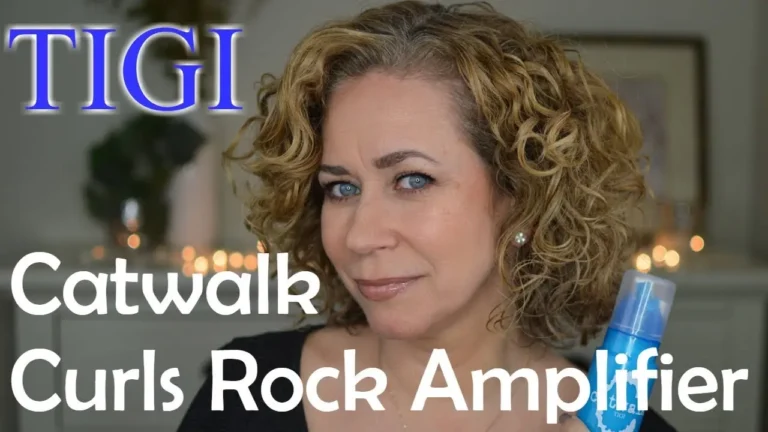
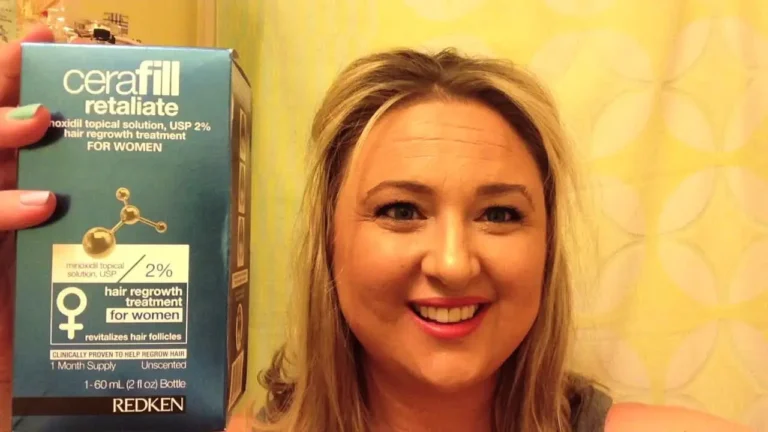
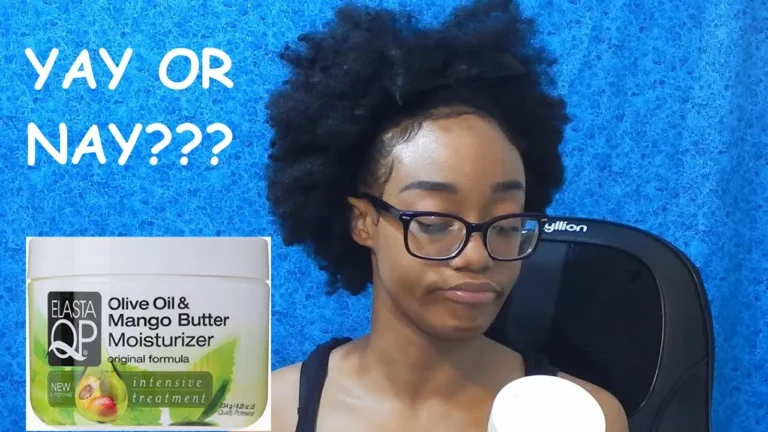

Comments are closed.